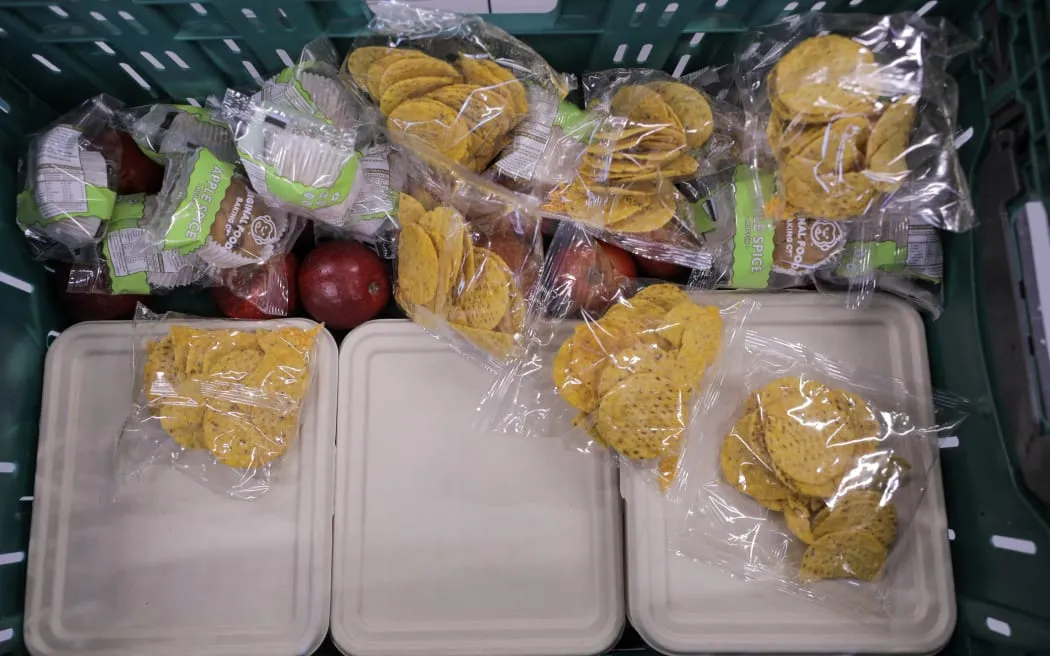The New Zealand Government’s School Lunch Programme: A Success Story?
The school lunch programme in New Zealand has been making headlines lately, with many praising its innovative approach to providing healthy meals for students. But what exactly is the programme and how does it work? We take a closer look at the programme’s successes and challenges.
The Problem of Healthy Food
One of the biggest challenges facing New Zealand families is accessing affordable and healthy food. The cost of groceries, particularly fresh produce, can be prohibitively expensive for many households. This is where the school lunch programme comes in – addressing a critical issue that affects not only students but also their parents.
The programme addresses the problem of healthy food being too expensive for families by providing subsidies to schools to purchase ingredients from local farmers and suppliers. This approach not only reduces grocery bills but also helps alleviate stress for many whānau (Māori families) who are struggling to make ends meet.
A Community-Driven Approach
The programme is a community-driven initiative that has brought people together to work towards a common goal. Schools, farmers, suppliers, and parents all play a vital role in making the programme succeed. By employing members of the community, often older Māori individuals, schools are able to tap into local expertise and knowledge.
This approach not only benefits students but also contributes to the growth of local businesses and the development of sustainable food systems. As one whānau member noted, “To prepare a healthy lunch takes time, we are hard [working] and [do] long hours [on the farm]. I actually look at this like a bit of ‘tax break’ – it’s a targeted tax break for the parents of kids.”
Improved Student Health
The programme has also seen improvements in student health. Public health nurses have reported anecdotal improvements in student health, with fewer cases of impetigo (school sores), headaches, malnutrition, constipation, and abdominal pain.
This is attributed to the inclusion of more fruits, vegetables, whole grains, and lean proteins in the meals, which are not only nutritious but also delicious. The programme’s focus on providing healthy food has contributed to a positive impact on student health and wellbeing.
A Centralized Model
However, there are concerns about the new centralized model that will replace the current decentralized approach. Critics argue that this shift could lead to a loss of community involvement and control over the programme.
The government maintains that the centralized model is more cost-effective and will enable the programme to reach more students in the long run. However, this move has raised questions about the fate of local businesses and the impact on rural communities.
Recommendations
The report made several recommendations, including using feedback loops from students to providers to improve or refine meals, as well as further research into the long-term impact of providing school lunches on public health.
It also recommended encouraging schools to establish protocols and tikanga kai surrounding the meals and investing in producing standardised curriculum content that complements the programme. These suggestions aim to ensure the continued success and relevance of the programme.
Conclusion
In conclusion, the New Zealand Government’s school lunch programme is a commendable initiative that has made a positive impact on student health and wellbeing. While there are challenges ahead, including the transition to a centralized model, the programme’s focus on community-driven approaches, local businesses, and sustainable food systems makes it an exemplary model for other countries to follow.
As one whānau member aptly put it, “This is not just about feeding our children; it’s about investing in their future.” The school lunch programme is indeed a vital investment in the health, wellbeing, and education of New Zealand’s next generation.

0 Comments